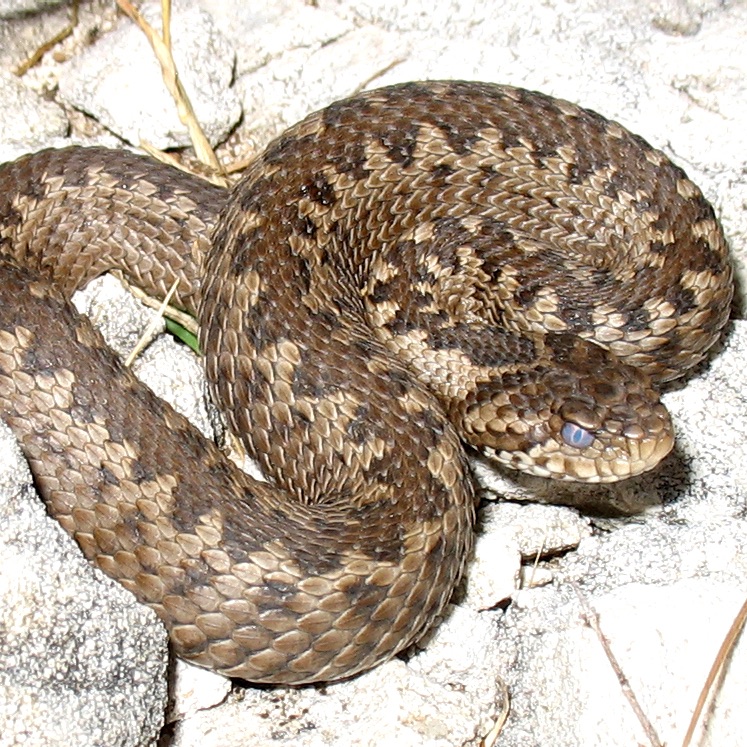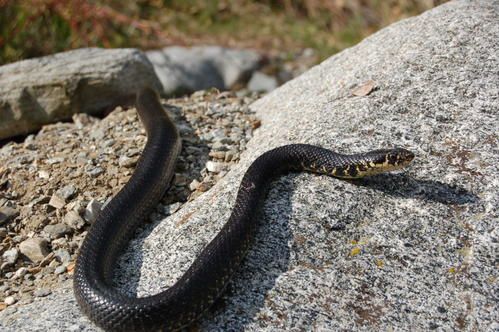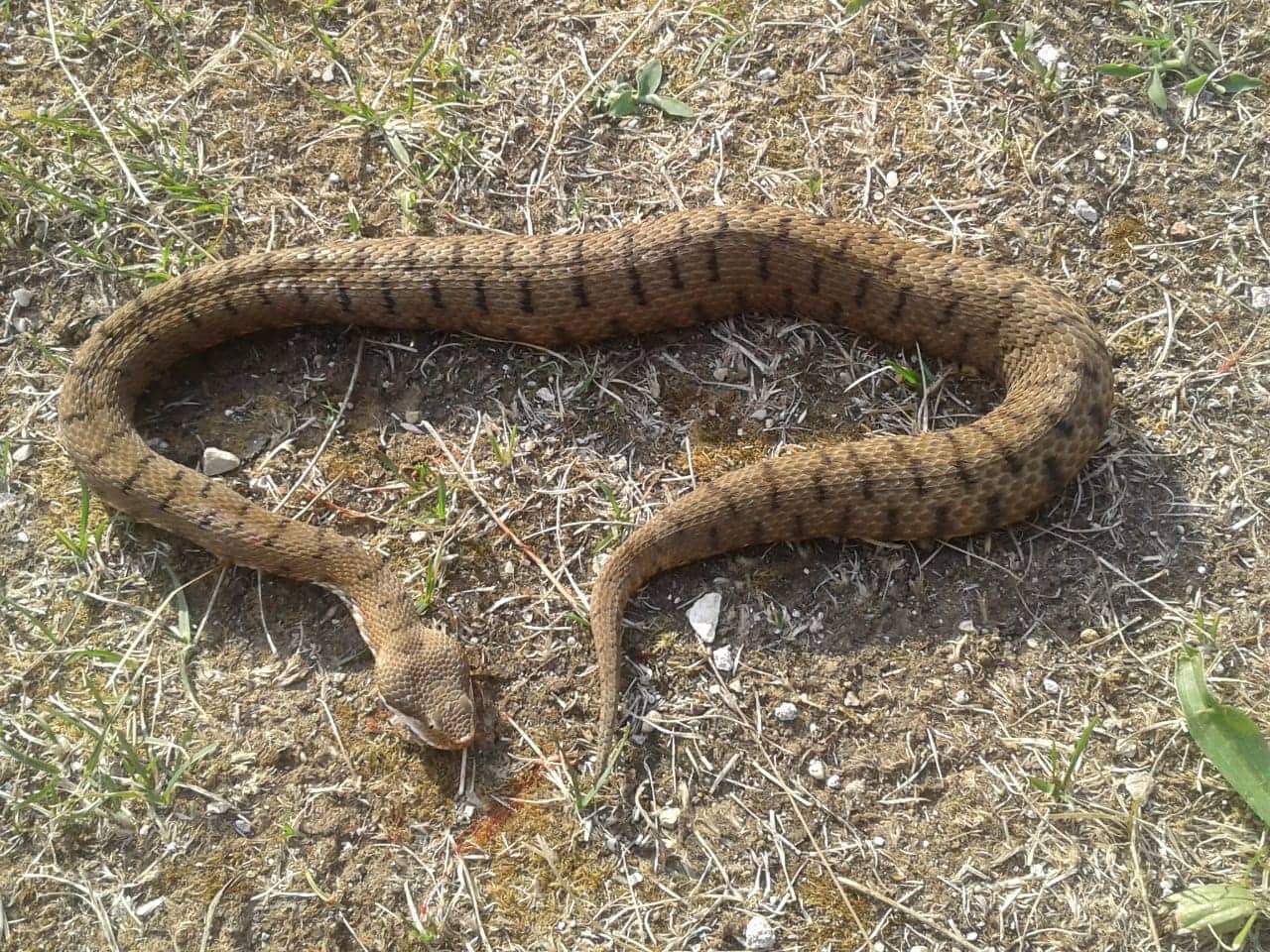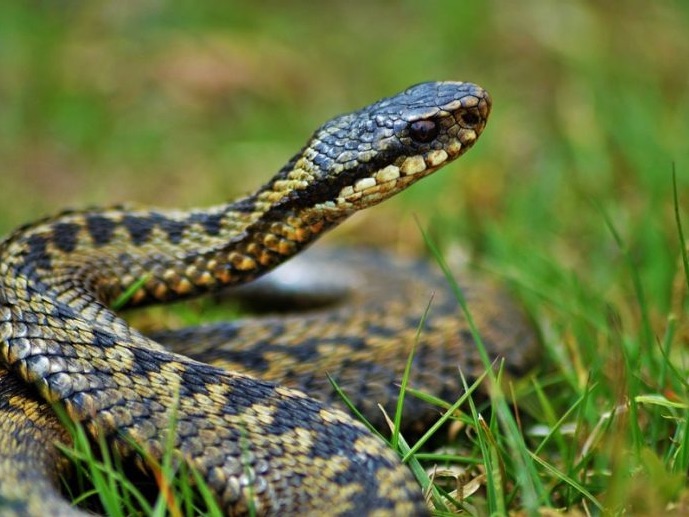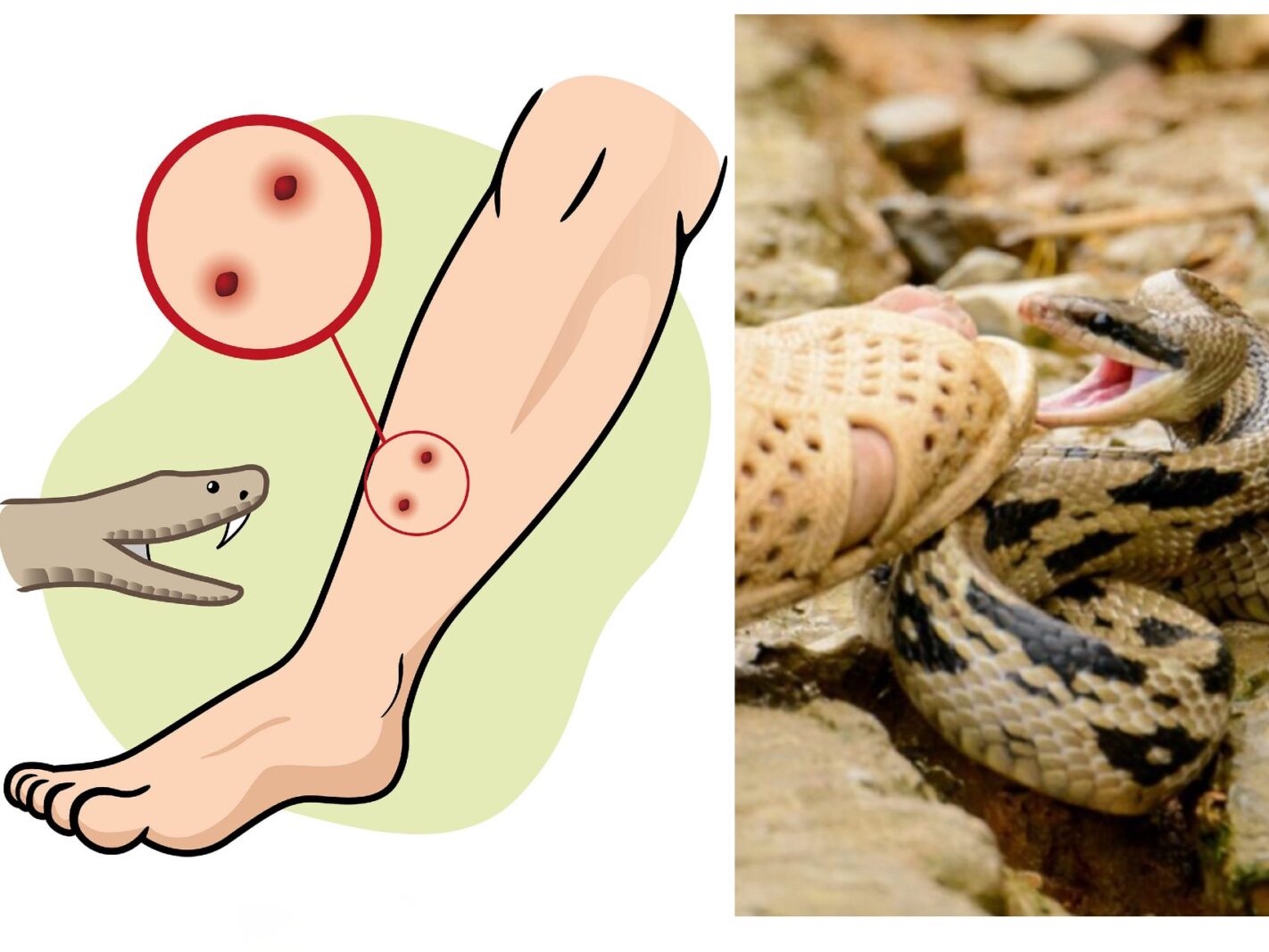Snakes
Since all reptiles are a protected species, they cannot be eliminated, but non-bloody or preventive removal techniques can be adopted to prevent reptiles from invading the environments we want to protect: we at Ecopiakos use products with high effect repellent It is rare to find snakes in Italy. If this happens, it will typically be between July and September, their period of maximum activity. Snakes live in gardens only if they have large areas not frequented by humans. In a garden, in all likelihood, snakes will only be seen in passing.
Types of Snakes in Italy
The most common snakes in Italy are: viper, little worm, adder, colubro). There are many varieties of snakes in the world, more or less dangerous. Fortunately, snakes in Italy are shy and do not like to infest populated environments. The meeting with snakes in our country can take place in wooded places, if they are inadvertently disturbed, or if they are on hot stones in a resting situation. There are many varieties of snakes, more or less dangerous in the world. Fortunately, snakes in Italy are shy and do not like to infest populated environments. The meeting with snakes in our country can take place in wooded places, if they are inadvertently disturbed, or if they are on hot stones in a resting situation. However, there are other very dangerous species of snakes in the world. One of the most dangerous snakes is the black mamba due to its highly toxic venom. Fortunately, the black mamba is not among the species of snakes widespread in Italy.
Reptile Habitats - Moorland or pasture nature reserves, abandoned quarries, vast plots of municipal gardens, large abandoned urban areas or sunny embankments of roads or railways covered with shrubs and bushes.
In gardens - Piles of wood, stone or rubble, Rock gardens, ponds, areas with tall grass and bushes.
Sunny areas- Areas that are always exposed to the sun with lots of vegetation and places of refuge.
Gardens, parks and other green areas - Expect to find reptiles if you lift abandoned material on or near the ground hedges, ponds, compost heaps and areas with tall grass.
Common viper
VIPER'S BITE
The viper bite generally affects the upper and lower limbs but also more delicate parts such as the neck and head. Starting from the principle that the poison is necessary for the animal for its survival, it inoculates a minimum quantity (about 4-7%) suitable for hunting or defense. Of course the attack can be carried out multiple times and the severity of the poisoning depends on the amount of poison injected. However, many snake bites (about 20%) are "dry" ie the venom is not inoculated.
LOCAL CLINICAL EFFECTSStrong painful burning sensation, hard swelling that increases in severity over time, redness and / or skin irritation of the outer layers of the skin (erythema), bruising (ecchymosis), pinpoint hemorrhages visible under the skin (petechia). In the following 12 hours, flittene (a more or less extended soft vesicle that collects fluid such as serum, lymph and blood), inflammation of the lymphatic vessels (lymphangitis) and enlargement of the lymph nodes (adenopathy) may appear.
SYSTEMIC CLINICAL EFFECTS
In relation to the quantity of inoculated poison and the affected area as well as the weight and size of the subject (children, the elderly and the debilitated people are exposed to a greater risk), general symptoms are added with, blood circulation, digestive disorders , coagulative, renal and neurological. The following may therefore appear: vomiting and nausea;temperature increase; muscle and joint pain.
PREVENTION
When hiking in the countryside, in the hills and in the mountains, that is to say in all those places where the probability of encountering vipers is highest, you must wear suitable clothing, for example trousers and long socks, be careful in collecting plant species and mushrooms or put on your hands in bushes, tall grass and stony ground. In these places, to make us feel, before stopping there, it is recommended to knock on the ground with a stick, the vipers, in fact, do not have good hearing but perceive vibrations very well.

